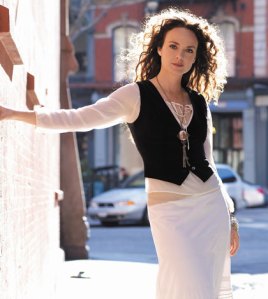 As temperatures drop, it’s time to consider ways to reduce your energy bills in the coming months. A comprehensive home energy assessment by a contractor accredited by the Building Performance Institute (BPI) is a valuable way to discover the most effective ways to save energy and cut costs. For extra savings, tackle some easy do-it-yourself projects recommended by the New York State Energy Research and Development Authority (NYSERDA).
As temperatures drop, it’s time to consider ways to reduce your energy bills in the coming months. A comprehensive home energy assessment by a contractor accredited by the Building Performance Institute (BPI) is a valuable way to discover the most effective ways to save energy and cut costs. For extra savings, tackle some easy do-it-yourself projects recommended by the New York State Energy Research and Development Authority (NYSERDA).
Welcome fall with a free comprehensive home energy assessment.
- Instead of merely getting your furnace or boiler tuned, have an energy efficiency expert conduct a comprehensive home energy assessment and recommend the best ways to reduce energy waste and improve the comfort of your home. The audit is free for most New Yorkers.
- To help pay for energy improvements, take advantage of NYSERDA’s low-interest loans – including payment through your utility bills – and cash-back incentives.
- Call 1-877-NY-SMART or visit www.nyserda.ny.gov/home-performance to get started.
Make a change that saves more than $200 on your energy bill without sacrificing comfort.
- Install and properly use a programmable thermostat and save up to $200 on energy costs. A programmable thermostat offers pre-programmed and customized settings to regulate your home’s temperature when you are home, asleep or away. While remembering to adjust your home’s temperature manually might be a challenge, a programmable thermostat can help you “set it and forget it.”
Make sure to buy ENERGY STAR qualified light bulbs as the days get shorter and night creeps in earlier.
- Consider the fact that lighting accounts for approximately 12 percent of the average household’s energy bill.
- Check out the variety of ENERGY STAR qualified bulbs; they come in a wide variety of shapes and styles for every application.
- Offset initial costs with lifetime savings. ENERGY STAR qualified CFLs can be found for as low as $1.50 and can save about $70 or more in energy cost per bulb over their lifetime.
Look for lumens, not watts.
- Learn about lumens. They measure how much light a bulb produces rather than how much energy it uses, which is measured in watts.
- Pay attention to lumens to make it easier to buy the amount of light you need. An ENERGY STAR® qualified bulb with more lumens produces bright light while fewer lumens produce dimmer light. A 60-watt light bulb is the equivalent of about 800-850 lumens.
Keep the “vampires” away this Halloween with an advanced power strip.
- Purchase an advanced power strip to manage the power that your electronics and appliances use. These power strips shut off stand-by or “vampire load” that is consumed when electronics and appliances are turned off. This simple, affordable device is a smarter version of the traditional power strip.
- Plug your televisions, DVD players, home stereos and gaming consoles in an advance power strip, and you can cut the power to all this technology whenever you turn off your TV.
Save energy in the kitchen.
- Consider replacing your refrigerator with an ENERGY STAR qualified model. Depending on the model year of your refrigerator, you could save up to $200 on your energy costs annually.
- Get style, performance and savings through advanced features that enable ENERGY STAR qualified refrigerators to use 20 percent less energy than conventional models.


























